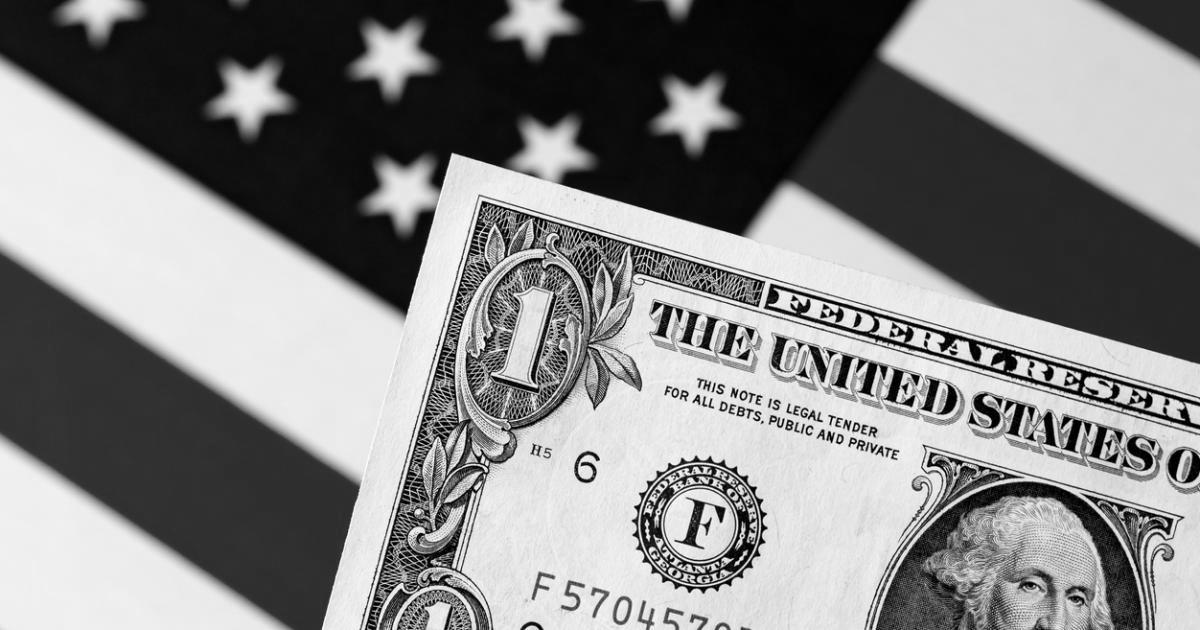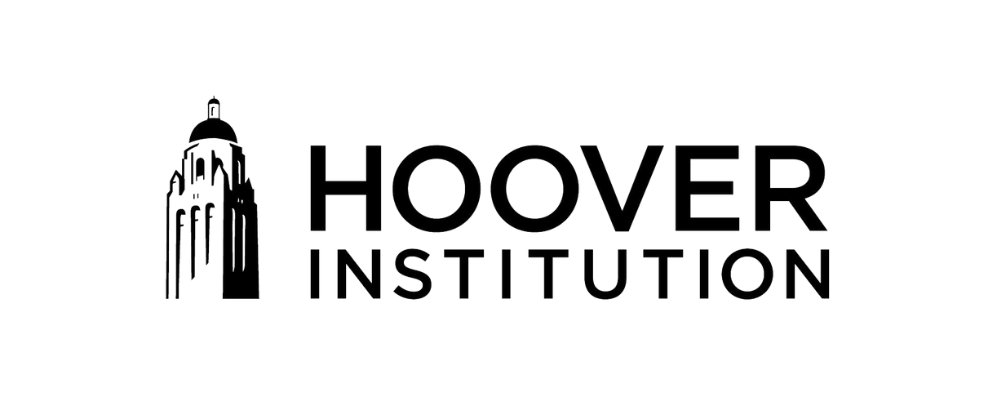
The economic proposals of both Donald Trump and Kamala Harris present a target-rich environment. In many ways, they ignore sound economic thinking. In one short article, I can’t deal with all of both candidates’ proposals and thinking on economics. In this article, I’ll focus on taxes and spending where, it’s fair to say, Harris is substantially worse. Unfortunately, although Trump is better, he’s not good.
Taxes
One of the best pieces of legislation during Trump’s term in office was the 2017 Tax Cut and Jobs Act. It did two major good things, one on the corporate income tax and one on the individual income tax.
The 2017 law cut the federal corporate income tax from 35 percent, which was above the corporate tax rate in almost all other rich countries, to 21 percent, putting it in the middle of the pack. Kevin Hassett, chairman of President Trump’s Council of Economic Advisers at the time, predicted that the tax cut would lead to a surge in investment. The reason is straightforward: when companies can keep a large percentage of what they earn, they have an incentive to invest more.
On the individual side, the 2017 tax law moved us slightly closer to a flat tax rate by cutting the top tax rate from 39.6 percent to 37 percent, ending the deduction per person in the family, and limiting the deduction for state and local taxes (SALT) to $10,000. It made up for the SALT limit and the ending of the personal exemption by substantially increasing the standard deduction. It also, to make sure that low-income people got a similar percent reduction to that of high-income people, increased the child tax credit from $1,000 to $2,000 per child.
Many commentators claimed that the 2017 law was “skewed toward the rich.” What was their evidence? That high-income taxpayers, who pay a disproportionate share of taxes, got a larger tax cut than low-income taxpayers. Of course they did. If someone making a million dollars and paying $300,000 in individual income taxes has his taxes cut by 10 percent, he will pay $30,000 less in taxes, assuming that he doesn’t earn more in response to the tax cut. If someone making $25,000 and paying $1,000 in income taxes has his taxes cut by 10 percent, his taxes will fall by $100.
The good news is that although many of the provisions of the 2017 tax cut will end next year, the corporate tax rate of 21 percent will remain. The bad news is that Trump’s other tax proposals will make the cuts in individual income tax rates harder to renew. The even worse news is that Harris has no desire to renew them and even wants to raise the corporate income tax rate to 28 percent.
The awful reality, according to the Congressional Budget Office, is that over the next ten years we face annual budget deficits of approximately $2 trillion. For that reason, presidents who want to defend the tax cuts cannot just willy-nilly come out for a tax cut for this group here or that group there. Unfortunately, that is what Trump has done.
In June, speaking to an audience in Las Vegas, Trump proposed ending the tax on tips. Now, I hate taxes more than Donald Trump does. I thought, for example, that his 1999 proposal for a one-time 14.5 percent tax on all net worths greater than $10 million was a horrible idea. But even though I hate taxes, I’m also an economist who recognizes that it’s generally bad tax policy to single out one source of earned income and cut the tax rate on that source to zero. It’s unfair to people who don’t get income from that source, in this case, tips. Moreover, ending taxes on tips would also give employers an incentive to change what would be wage or salary income into tip income. Zeroing out taxes on tips does little or nothing for overall growth.
So score one against Trump here and score one against Harris for, earlier this month, seconding Trump’s proposal.
Trump has also proposed removing the taxes that the feds impose on Social Security income for people with income above a certain threshold. As part of the Social Security compromise that was supposed to extend the life of Social Security for seventy-five more years (news flash: it didn’t work), the feds taxed up to 50 percent of Social Security for couples filing taxes jointly with a combined income of $32,000 or more. For every dollar of combined income over $32,000, an additional 50 cents of Social Security benefits were taxed. Then the Bill Clinton tax increase of 1993 added another threshold: for couples filing jointly, if their combined income exceeded $44,000, up to 85 percent of their Social Security income was taxed. These weren’t tax rates of 50 percent and 85 percent. They were the portion of Social Security income that was subject to the income tax. The thresholds were purposely not indexed to inflation so that over time, more and more Social Security recipients are paying tax on their Social Security benefits. Now the majority of Social Security beneficiaries pay some tax on their Social Security benefits. Because current Social Security taxes don’t cover current benefits, all of the money from this special tax goes to pay current benefits.
Taxes on Social Security income are a crude form of means testing. If we were in a situation where Social Security wasn’t going to hit a huge crisis in 2033 and if the federal budget deficit were small or zero, I could see the case for excluding Social Security income from taxation. But that’s not where we are.
By calling for those special treatments of tip income and Social Security income, Trump is making the jewel of his domestic policy accomplishments, the 2017 tax cut, even harder to sustain.
And Kamala Harris wants not only not to extend the individual income tax cuts but also to raise the corporate tax rate to 28 percent. This would discourage investment. Why does that matter? The more companies invest, the more capital workers have to work with. The more capital they have to work with, the higher their productivity and, therefore, their pay. It’s no coincidence that after the 2017 corporate income tax cut, the average annual pay of production and non-supervisory workers increased by $1,400 relative to trend.
On taxes in general, if we exclude tariffs, which are taxes on imports, Trump’s policies are much better than Harris’s. You might argue that we shouldn’t include tariffs because tariffs are paid by the producers in the countries that export to us. That’s false. As with all taxes on outputs, the burden is split between producers and consumers. The particular split depends on the relative elasticity of supply and demand. So, for example, if countries whose producers would have sold to us have ready alternate buyers, we consumers bear more of the burden. If we consumers can buy very close substitutes from other exporters, then the producers in the country on which our government imposes tariffs bear more of the burden. But the particulars are too complex to deal with in a short article.
Spending
On spending, neither Donald Trump nor Kamala Harris has taken seriously the need to rein in spending. Trump has committed to not cutting the growth of spending for Social Security or Medicare, two of the main sources of the growth in federal spending over the next few decades.
Not only has Harris not committed to reining in either of those programs, but also, while in the US Senate, she co-sponsored a bill with socialist Bernie Sanders to provide “Medicare for all.” It would have banned private health insurance. In case there was any doubt, at a Democratic debate for the presidential nomination in 2019, she made her position clear. Moderator Lester Holt asked, “Many people watching at home have health insurance through their employer. Who here would abolish their private health insurance in favor of a government-run plan?” Harris raised her hand. In a study done this month for the American Action Forum, health care analyst Stephen T. Parente of the University of Minnesota and Theo Merkel of the Manhattan Institute estimated that a Harris-style plan would “increase federal spending by $43.9 trillion between 2026 and 2035.”
Not surprisingly, Harris has abandoned her support for Medicare for all. But she has not pointed to any spending she would cut and in her economic proposal speech last Friday, she advocated programs that would cost an additional $1.7 trillion in federal spending over ten years. Kamala Harris “wins” the dismal spending contest.
Conclusion
The choice between the two major candidates for president, which is often dismal, is particularly dismal this year when it comes to taxes and spending. Nevertheless, based on the numbers, Donald Trump is, by a large margin, the less fiscally irresponsible.
“The Hoover Institution is an American public policy think tank and research institution that promotes personal and economic liberty, free enterprise, and limited government.”
Please visit the firm link to site


